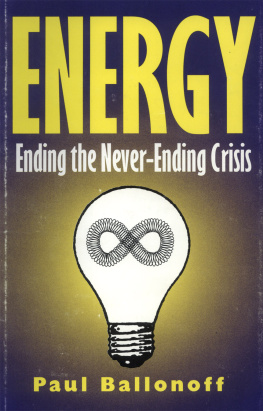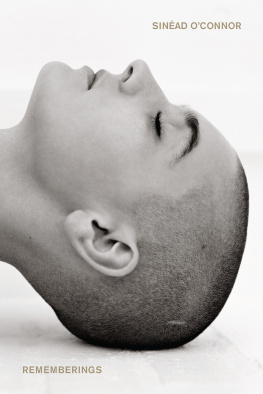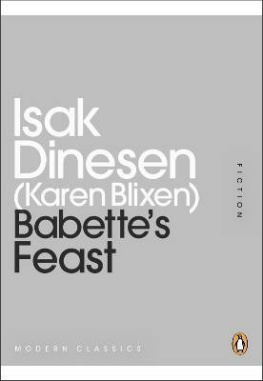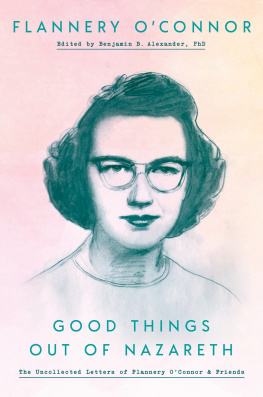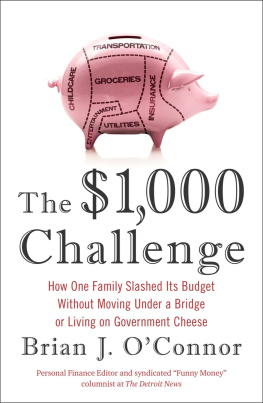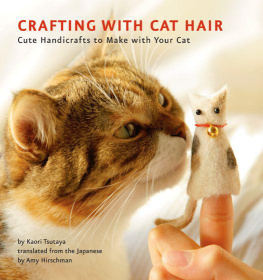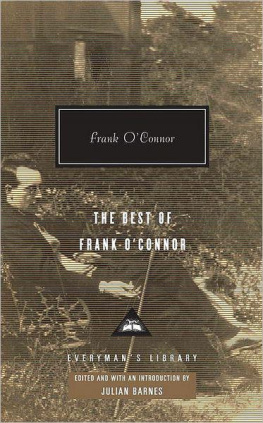A feast involves many people. Thanks are due to The Trustees of the British Museum, and to my publisher Bloomsbury, especially Louise Butler, Molly Beck and Ken Bruce, my three anonymous reviewers, Kim Storry and all copyeditors, proofreaders, designers and others who have been involved in the production, along with the Department of Anthropology at the University College London (UCL). Seats of honour at The Never-Ending Feast go to my daughter Kira, Noel Rees, Paul Sidey, Timothy OSullivan, my merry culinary companions Gillian Riley and Helen Saberi, Max Carocci who was the inadvertent catalyst for this book, my aunt Martha Yamashiro and my grandmother Kato Yamashiro, who first took me over the bridge of dreams to Heian Japan. Panserban and Mah-Jongg were frequent uninvited guests who particularly relished the imperial cat banquet. A special toast is hereby made to the many scholars and writers past and present whose work is woven into this account, and to those peoples of antiquity whose feasts we have shared.
How is it that there is no wreath before the doors, no savour of cooking strikes the tip end of the projecting nose, though the feast of the Amphidromia is on? For then it is the custom to toast slices of cheese from the Chersonese, to boil a cabbage glistening in oil, to broil some fat lamb chops, to pluck the feathers from ringdoves, thrushes and finches withal, at the same time to devour cuttle-fish and squids, to pound with care many wriggling polyps and drink many a cup not too diluted.
(Epippus in Geryones, in Athenaeus IV: 370cd, in : 128)
The tall doors of the British Museum in London, the worlds first and most famous public Temple of the Arts, are flanked by a colonnade of forty-four great stone columns copied from the sanctuaries of the goddess Athena at Priene and the god Dionysius at Teos, topped by a pediment of Grecian figures that symbolize the progress of civilization (in Mesopotamia, bronze cauldrons from Shang China, lacquer ware from Japan and much more, all with museum labels that call attention to the elegance of their shapes, the sophistication of their colors and the artistry of the designs worked upon their surfaces. The exhibits suggest that here, in all its variety, is Artthe universal essence and epitome of human culture and civilization. But is it?
If you stop thinking of these things as Art, what do you see? Although they are now empty, stripped of their function and context, these are dishes that once bore rich foods and splendid roasts, pitchers from which choice wines were poured, tall jars that held beer sipped through long straws set with gold and lapis, platters that were piled high with fruits and sweet cakes, cylinder seals engraved with scenes of banquets, carved friezes showing servants hastening to serve guests, moving so quickly that their clothes flutter behind them. The Museum is full, not of Art, but of the remains of countless ghostly feasts.
Feast! Few words are as full of anticipation and excitement, infused with implicit meanings and associations that arise from the common understanding of feast defined in the Oxford English Dictionary (2010) as an event of rejoicing and commemoration, held to honor a person or mark a religious or secular anniversary; a festival connected to a place; a sumptuous meal or entertainment given to a number of guests; a banquet especially of a more or less public nature; an unusually abundant and delicious meal. But is this all there is, and was, to feasting?
The collections in the British Museum and establishments like it great and small the world over signify that feasts and feasting are an extremely significant aspect of social life on a worldwide scale (Dietler and b: 2), something that all humans have in common, in all periods of history. Yet despite their ubiquity, the details of feasts pastcertainly non-European feasts of the pre-modern periodremain little known outside highly specialized academic fields. Museum curators like to say that every object tells a story, but as far as feasts and feasting go, it is more the case that every object poses questions. In what social and historical contexts were the feast objects in museums used? What were these feasts of antiquity like, and why were they so important?
Not long ago, these would not have been regarded as serious academic questions. Up until the 1960s, and with the exception of scholars of the Graeco-Roman world () who traces the origins and practice of viniculture and brewing and advises breweries and heritage events on recreating the drinks consumed in antiquity, notably reconstructing those served at King Midass Funeral Feast. Both Bottro and McGovern placed food and drink in a larger social and historical context, and the fact that their recipes could be reproduced and consumed added another dimension to the field. But on the whole, if mentioned at all, food and feasts were footnotes to history.
Literature was another matter. The Graeco-Roman corpus of works from classical antiquity is full of descriptions like that with which this chapter begins, and this passage from Europes oldest cookery book, the Life of Luxury by Archestratus of Gela, fourth century BC , rendered into prose here () but originally in verse:
Always festoon the head with all kinds of garland at the feast, with whatever the fruitful floor of the earth brings into flower; dress your hair with fine distilled perfumes and all day long throw on the soft ashes myrrh and incense, the fragrant fruits of Syria. And while you are drinking, let these tasty dishes be brought to you: the belly and boiled womb of a sow in cumin and sharp vinegar and silphium; the tender race of roasted birds, and whatever may be in season.
(Archestratus, fragment 62 in : 181)
However, this work and countless others were seen as literature, or in some cases as medical texts, not as historical documentation. In literary analyses, food was not sustenance but metaphor, a vehicle for morality and values, and a discourse on its own, distanced from history and from everyday life. Persistent themes were the dangers of pleasure and the disapproval of luxury and excess.
This view entered the Western literary tradition and became an embedded cultural attitude which persists down to the present, its legacy seen in the deep-seated academic fear, still with us, that dwelling upon food and feasting will result in work seen as an ill-digested fad (Dietler and ) cautioned that although the celebration of food is to be lauded, it is vital that the research does not fall prey to Epicureanism which he understands to mean the unbridled pursuit of pleasure through all things luxurious, sensual or gluttonous. The Greek philosopher Epicurus (341270 BC ) was actually an advocate of restraint and the simple life, who valued sociability over mere consumption saying: We should look for someone to eat and drink with before looking for something to eat and drink, for dining alone is leading the life of a lion or wolf.
However, the misunderstanding and misuse of Epicureanism persists. Here can be detected an academic longing for what : 435) as a way of understanding human society, until the changes described below.
The Cultural/Material Turn
In the 1970s and 1980s, long-established academic paradigms were subjected to fundamental re-evaluation, transforming the humanities and social sciences (for the initial effects of these movements within anthropology see grand scale, local micro-studies or micro-histories became fashionable, great events were replaced by the ordinary, and the focus turned to the common people, previously invisible in official accounts, often illiterate, cut off from literary high culture and unable to contribute to it.



